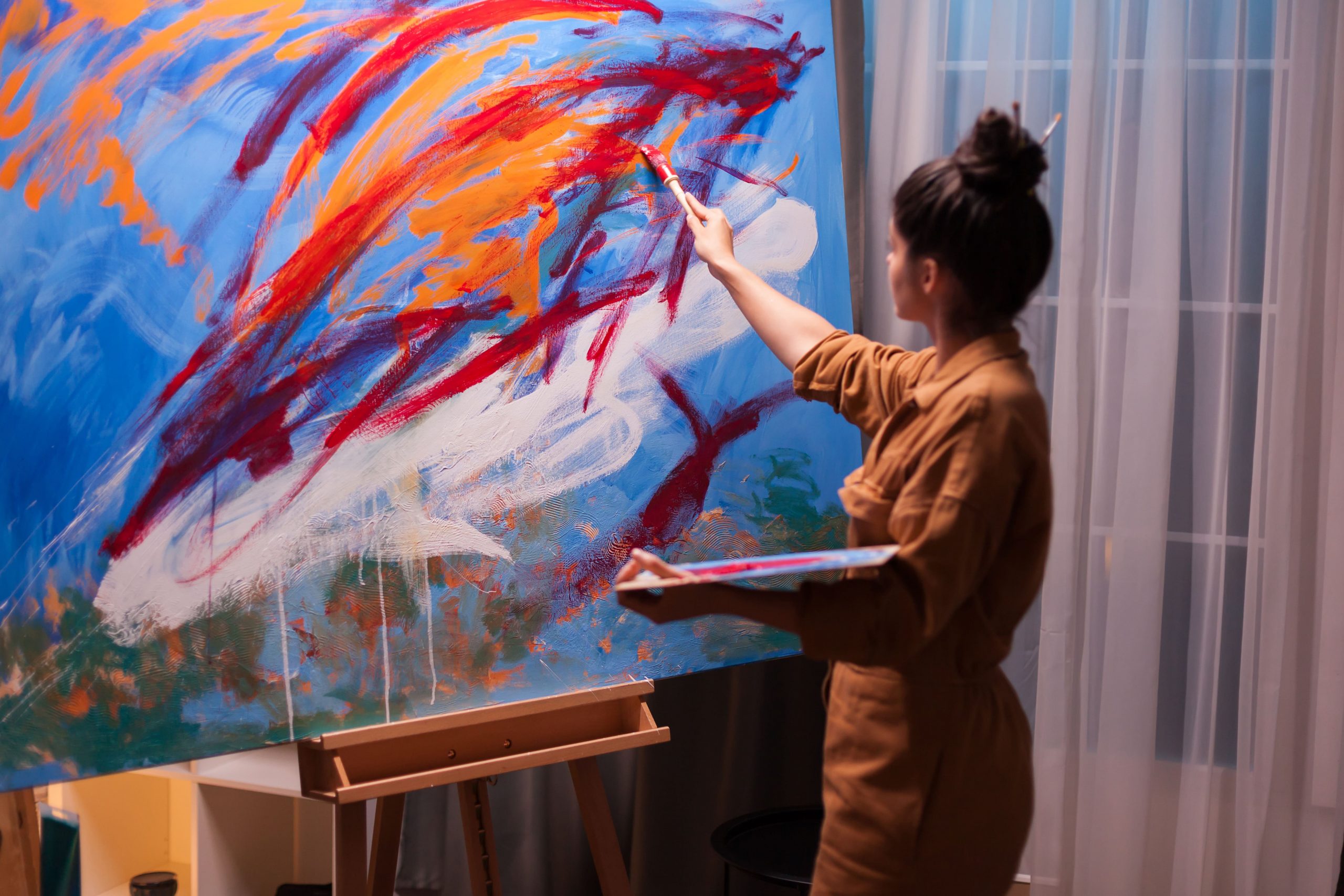The world of advertising and marketing is ruled by the visual element. For those who work in the industry, we call them designers. To the layman, some advertising designs can seem intricate, but what separates a beautiful design from artwork, like a painting for example?
What is art?
So we’ll start with the basics: art is, well, everybody knows what it is, right? It’s usually a painting, a drawing or something of that sort. Well, visual art, at least. Art as a whole is not that simple. The definition of art can also be used to encompass literature, a performance, or a craft, even one such as speechcraft or persuasion. Anything that is an expression of the human creative endeavour could be somewhat categorised into art. If a creation captures an emotion, a feeling, or depicts life as we perceive or imagine it to be; that’s art. But the main difference is that the purpose and value of art is in it of itself. Art is for the sake of art.
So what is design?
By combining all of its definitions, a design is something that is a decorative pattern or a graphic and a plan showing the look and functioning of a certain creation. Graphic design is the visual representation of a concept meant to sell an idea to an audience. Designs are generally created to address an explicit problem that it’s the solution for, and it is made to serve a purpose other than just decoration. That is why a design can refer to as wide a range of products as art can; from the logo of a company to the cut and measure of a piece of fashion to the blueprints of a skyscraper. Designs serve a specific purpose.
Left vs right brain
Our brains are curiously designed to have two separate hemispheres, the left and right brain, that each governs two very different sides of human creativity. The left brain controls our logic, speech and problem-solving faculties. The right brain rules over our imagination, spatial orientation and movement and intuition. Design is the expression of the left-brained thinking that goes into creation, vs the emotion and feeling of the right-brain’s art. These are not mutually exclusive realms of creativity, but this is the clearest distinction between the two.
Similar product, different market
Both art and design involves creating a visual representation of an idea. They are used in very different ways, but they are meant for different purposes and are treated as such, holding value for different reasons. A piece of art may be well-loved & commercially valuable because of its rarity, the renown of its creator and so on and so forth. However, a design may hold just as much value, although not intrinsically, but due to its value as an iconic component of a successful ad campaign that captures the attention of the people.
Which is worth more, high art or low brow design?
The highest price paid for a work of art was $450 million, bought by a Saudi prince. The painting was Leonardo Da Vinci’s recently rediscovered ‘Salvator Mundi’, thought to be his last work, and one of only 10 known works painted by the renaissance artist. On the other hand, the most expensive ad was Apple’s ‘Think different’ campaign that cost $197 million to execute, (granted that most of that budget went into marketing and much more) but it turned out to be the pivotal moment that turned the famed corporation that was on the brink of bankruptcy in 1997 into what it is today; a company worth $1 trillion.
Overall, art and design are truly separate yet similar components of human creativity. The mind will dream up the wild, imaginative ideas and the mind will then also find a way to make them a reality. Sometimes, art goes into the territory of design, as a truly enrapturing piece of art may convey the feelings and emotions of the campaign better than facts and logic can.
Conversely, designs can become art as well. Just take Andy Warhol’s Campbell Soup series, in the museum of modern art.
Check out our website for more articles and blog posts, or follow us on Facebook!

Comments
4,301 responses to “Advertising: Design vs Art”